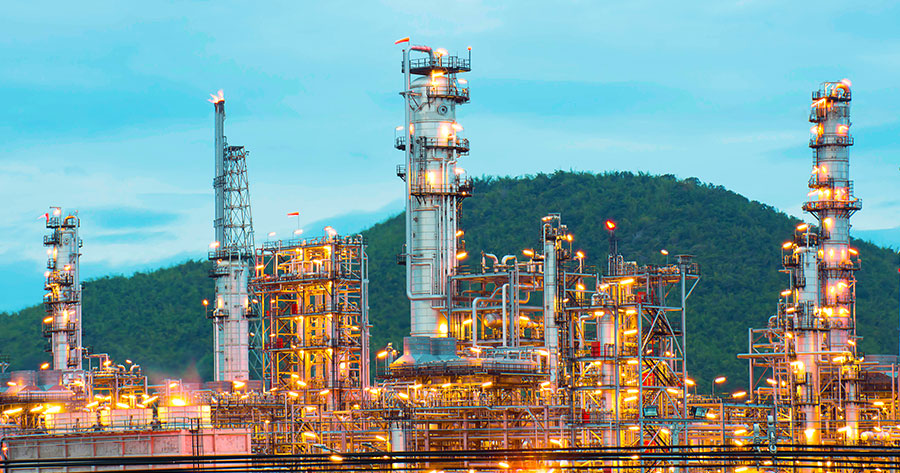A $100 oil is just couple of bucks away after future prices reached 7 years high on Monday amid possible supply cap in the case U.S. and Europe impose sanctions against Russia, one of the biggest exporters of crudes.
Crude prices at such level from around $70 at the end of 2021 could further elevate inflation by half a percentage point in the U.S. and Europe in the second half of the year, according to Bloomberg. Furthermore, crude prices reaching $100 per barrel level which was last seen in 2014 holds the possibility to further constrain global economic recovery.
Although energy exporters would largely benefit, this would not be the case of for majority of the stakeholder of an economy, spending power would largely be squeezed with inflation overshooting central bank’s target level.
On a broader than Bloomberg’s model, JPMorgan Chase & Co. earlier warned price could rally up to $150 a barrel which could destabilize global economic expansion with JP Morgan’s model suggesting inflation could overshoot over 7%.
“The oil shock feeds into what is now a broader inflation problem,” said long-time Fed official Peter Hooper, who’s now global head of economic research for Deutsche Bank AG.
“There’s a decent chance of a significant slowing of global growth” as a result.
Earlier the International Monetary Fund raised its forecast for global consumer prices to an average 3.9% in advanced economies this year, up from 2.3%, and 5.9% in emerging and developing nations.
In a report HSBC economists Janet Henry and James Pomeroy wrote, “With inflation currently at multi-decade highs and uncertainty surrounding the inflation outlook already unprecedented, the last thing the recovering global economy needs is another leg higher in energy prices,….. yet that is what it is getting.”
“A continued rapid rise can raise risks of recession-like conditions in some countries, especially if fiscal policy is also tightening notably,” said Priyanka Kishore of Oxford Economics Ltd., to Bloomberg.


